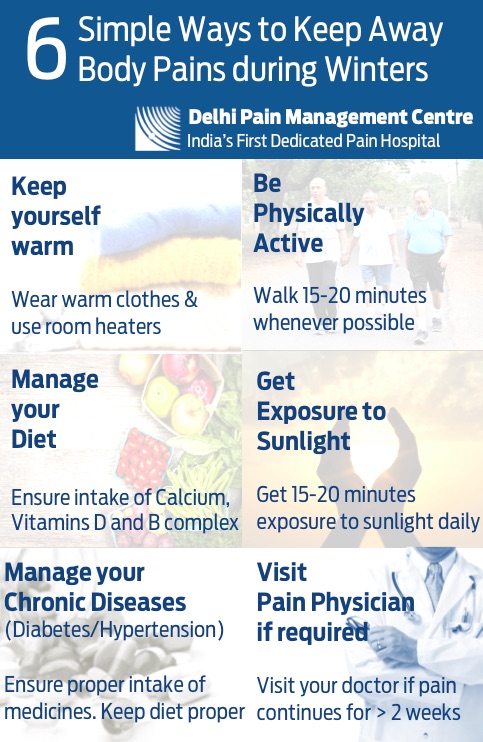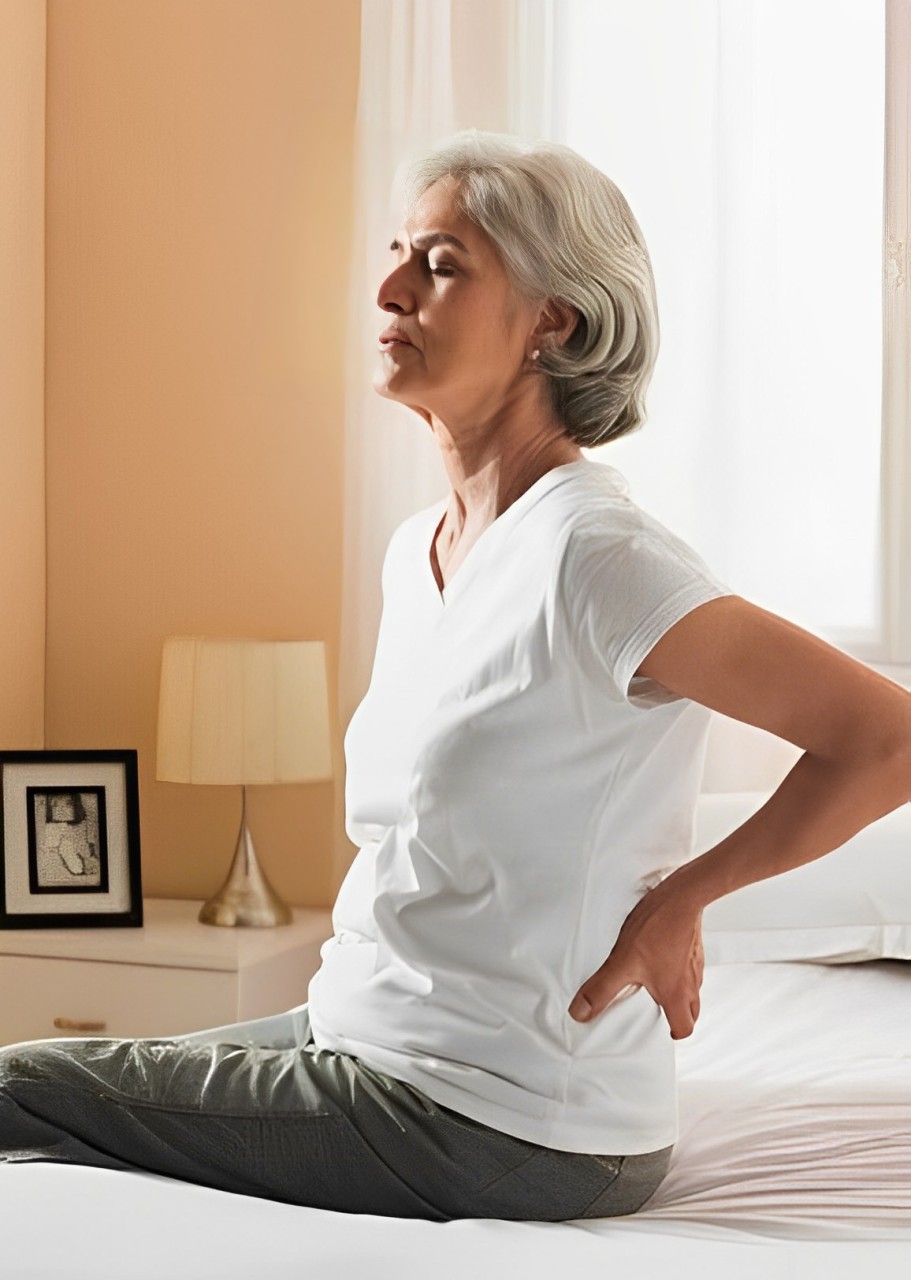
Understanding And Avoiding Heel Pain



Heel pain is a common foot condition. It is usually felt as an intense pain when using the affected heel.
Heel pain usually builds up gradually and gets worse over time. The pain is often severe and occurs when you place weight on the heel. It is also very severe when one gets down from the bed early morning or gets up after sitting at one place for a long time.
Who is affected?
It is estimated that about one in 10 people will have at least one episode of heel pain at some point in their life.
Obese individuals with improper footwear and people who jog or run regularly on hard surfaces such as roads and older adults between 40-60 years of age, are the three main groups affected by heel pain.
Types of heel pain
Heel pain be can of two types
Pain beneath the Heel
- Stone bruise: When you step on a hard object such as a rock or stone, you can bruise the fat pad on the underside of your heel. It may or may not look discolored. The pain goes away gradually with rest
- Plantar fasciitis (subcalcaneal pain): Plantar fasciitis is the most common condition that causes heel pain. Plantar fasciitis is due to irritation and inflammation of the tight tissue that forms the arch of the foot. Doing too much running or jumping can inflame the tissue band (fascia) connecting the heel bone to the base of the toes. The pain is centred under your heel and may be mild at first but flares up when you take your first steps after resting overnight.
- Heel spur (calcaneal spur): When plantar fasciitis continues for a long time, a heel spur (calcium deposit) may form where the fascia tissue band connects to your heel bone. Your doctor may take an X-ray to see the bony protrusion, which can vary in size. Treatment is usually the same as for plantar fasciitis: rest until the pain subsides, do special stretching exercises and wear heel pad shoe inserts. A spur is commonly associated with plantar fasciitis. This problem is most commonly seen in patients who have long standing heel pain due to plantar fasciitis.
- Tarsal Tunnel Syndrome: Tarsal tunnel syndrome results because of a large nerve in the back of the foot to become entrapped, or pinched. Similar to carpal tunnel syndrome in the hand, tarsal tunnel syndrome can cause heel pain.
Pain behind the Heel
It occurs due to the presence of an inflamed area where the Achilles tendon inserts into the heel bone (retrocalcaneal bursitis). People often get this by running too much or wearing shoes that rub or cut into the back of the heel. Pain behind the heel may buildup slowly over time, causing the skin to thicken, get red and swell. You might develop a bump on the back of your heel that feels tender and warm to the touch. The pain flares up when you first start an activity after resting. It often hurts too much to wear normal shoes.
Clinical features
The pain is usually worse first thing in the morning, or when you first take a step after a period of inactivity. After walking the pain usually improves, but often gets worse again after walking or standing for a long time.
Some people may limp or develop an abnormal walking style as they try to avoid placing weight on the affected heel. Pain increases with barefoot walking (especially on hard surfaces).
Prevention of Plantar Fasciitis
- Proper warm-up before exercise, sports, or any other strenuous activity
- Maintaining ideal body weight
- Wearing supportive footwear whenever bearing weight (i.e. having supportive shoes placed near bedside to put on before taking initial steps)
- Avoid overtraining
Treatment
There are a number of treatment modalities that can help relieve heel pain and speed up your recovery. These include:
- Resting your heel – try to avoid walking long distances and standing for long periods
- Fomentation – alternate hot and cold fomentation helps reduce pain and swelling
- Regular stretching – stretching your calf muscles and plantar fascia
- Pain relief – using an icepack on the affected heel and taking painkillers, such as non-steroidal anti-inflammatory drugs (NSAIDs) and adding a neuropathic agent in case of chronification of pain
- Wearing good – fitting shoes that support and cushion your foot-running shoes are particularly useful
- Using supportive devices such as orthoses (rigid supports you put inside your shoe) or strapping
- Interventional techniques – intralesional injection of steroids followed by stretching exercise can be useful occasionally.






Leave a Comment